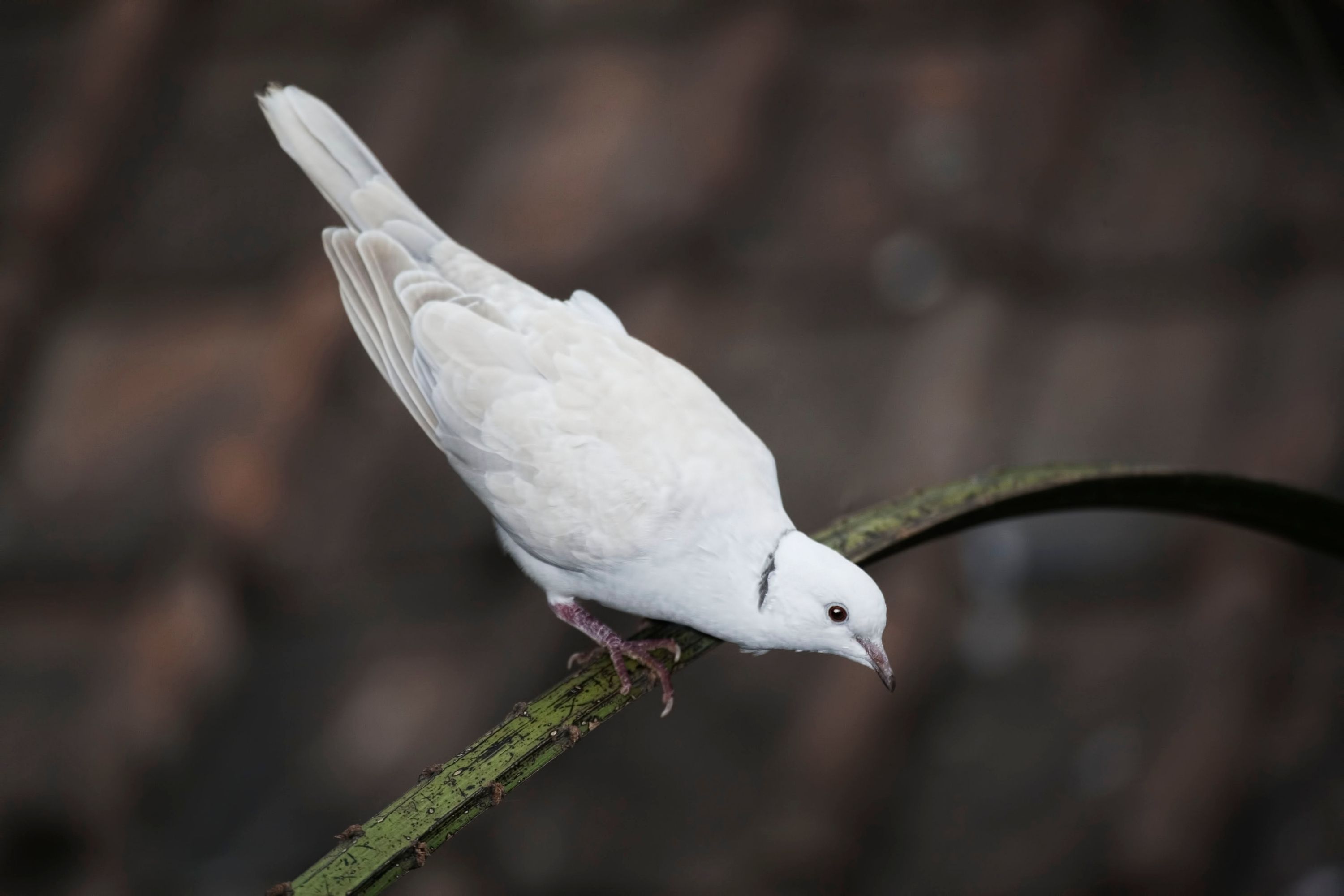Ring-necked dove
(Streptopelia capicola)

Description
The ring-necked dove (Streptopelia capicola), also known as the Cape turtle dove or half-collared dove, is a widespread and often abundant dove species in East and southern Africa. It is a mostly sedentary bird, found in a variety of open habitats. Within range, its penetrating and rhythmic, three-syllabled crooning is a familiar sound at any time of the year. Its name is derived from the semi-collar of black feathers on the lower nape, a feature shared with a number of Streptopelia species. Like all doves, they depend on surface water. They congregate in large flocks at waterholes in dry regions to drink and bathe. Their body feathers are darkest on the upper side, where they are coloured in dull tones of grey and brown, with shades of lavender on the nape. It is paler below, where a tint of pinkish lavender is usually present. The lower belly and crissum (the undertail coverts surrounding the cloaca) is white. As with related species, they have white fringes and conspicuous white tips to the otherwise slate grey tail feathers. The tail pattern is particularly noticeable during the display flight. Individual plumage variation is high, with some light and others almost sooty. Males and females look alike, although the males are slightly bigger. They measure 25–26.5 cm (9.8–10.4 in) in length and weigh 92–188 g (3.2–6.6 oz). The eyes are almost black, the bill is black and the feet are dark purple. An immature is duller and lacks the semi-collar of an adult. It also has buff edges to all the upper part and wing covert feathers, while the plumage below is broadly edged greyish-white. It occupies a diverse range of habitat types, including semi-desert scrub, Boscia and Acacia savannah, a variety of woodland types, farmlands, open plantations and alien acacia thickets. Only closed forest or plantations, or the extensive waterless dune fields and gravel plains of the Namib are unsuited to their requirements. In southern Africa, they are most commonly observed in fynbos regions, miombo and mopane woodlands, besides any grassland types from moist to dry regions. Their presence in the latter areas has been facilitated by the planting of trees in groves, for instance around farm homesteads. They are vulnerable at exposed waterholes or in plantations, where they are preyed on by lanner falcons and black sparrowhawks, respectively. In addition, they are preyed on by reptiles, wildcats, jackals, genets, herons, storks, eagles and barn owls.
Taxonomic tree:







